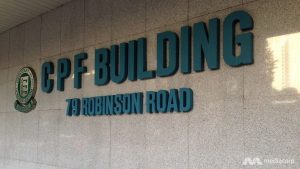A look back on the history of CPF may give an insight as to how the CPF scheme has evolved?
My regular insider ES sent me some very interesting historical information about CPF.
… When Singapore became independent in 1965, the CPF Ordinary Account(OA) interest rate was 5.25 per cent。It increased gradually to 6.5 per cent in 1974, and remained at this rate until February 1986. In 1986, we started to peg the CPF interest rate to the banks’ interest rates. It then declined more or less gradually to 2.5 per cent in July 1999, and has remained at this rate until now.
So, arguably, 1986 may have been the turning point for Singaporeans – which may have resulted in the lowest real rate of return (on the CPF Ordinary Account) of all national pension funds in the world since 1999.
Why was the policy changed in 1986 to peg the CPF rates to the banks’ rates, which I understand no other national pension fund in the world does?
Leong Sze Hian
